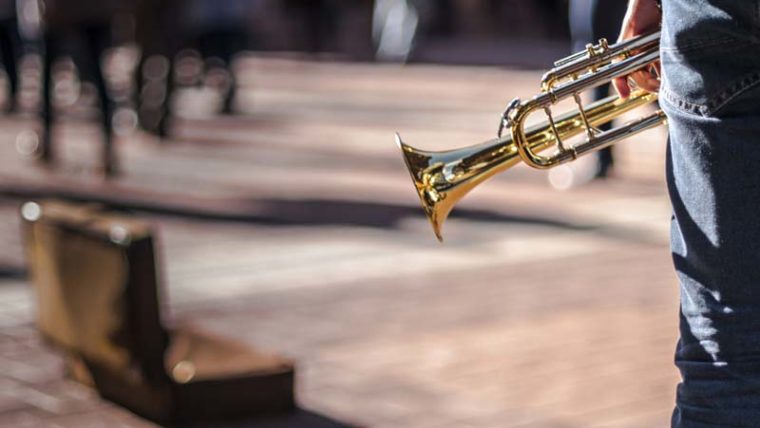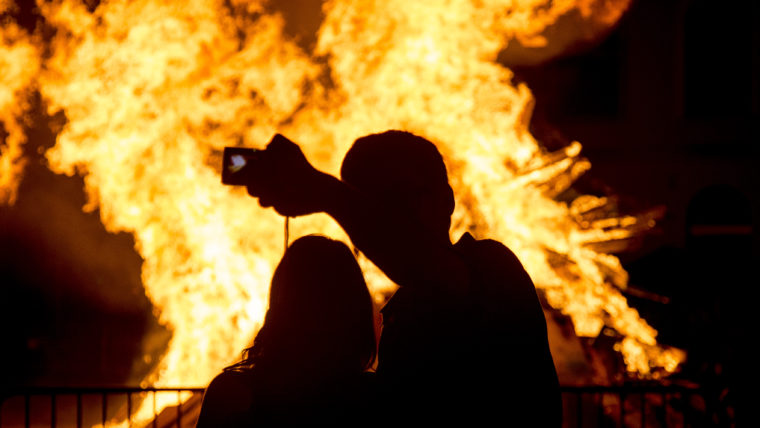Streets as the scene for cultural life in the city
This is the main idea set out in the new government measure Culture and Public Space. Notable steps include a threefold increase in the number of ‘Music in the Street’ points as from September. While there are currently 18 reserved spaces of this type, all in Ciutat Vella, that number will rise to fifty in the autumn and include points in all city districts. A pilot project will be carried out in June, with live music in five districts.
This is one of the actions included in the measure ‘Culture in Public Space: Right to Cultural Access and Participation in the Street’, part of the rollout of the Barcelona City Council Cultural Rights Plan. The measure defends public space as one of the main scenarios for cultural life in the city, and as such, the goal is to guarantee access to it and the right to the city and cultural participation in a sustainable way, catering for the wide variety of needs and realities and making usage compatible with the lives of local people.
From the set of measures to be implemented, one notable action is a new art factory, the twelfth in the city. The centre will be known as El Cilindre d’Horta and the intention is for it to become a leading centre for urban art, a place with an international perspective and connections with other similar projects and facilities. This initiative is the result of a joint effort by the District of Horta-Guinardó, the Barcelona Institute of Culture and the Municipal Institute for Urban Landscape.
Process to make the Fogueres de Sant Joan a Cultural Asset of Local Interest
A working group is to explore the possibility of declaring the midsummer night bonfires, or ‘Fogueres de Sant Joan’, a Cultural Asset of Local Interest in Barcelona. The group includes people linked to the platform #CrememBarcelona, created to protect the tradition of Sant Joan, and also from the different areas of the City Council involved in the cultural use of public space and the promotion and protection of forms of popular culture: the Directorate for Memory, History and Heritage; the Directorate for Cultural Fabric with the ICUB; the Area for Environment and Urban Services, corresponding to the Councillor’s Office for Ecology, Urban Planning, Infrastructures and Mobility, and the Area for Prevention and Safety.
The measure also includes initiatives such as the inclusion of the cultural perspective in urban planning in the city, the promotion of cultural superblocks, the constitution of a Night Commission to jointly address the challenges of the night environment and its cultural dynamics. It also envisages the introduction of the principle of the agent of change, a concept regularly used in the UK to preserve the ecosystem of live music and concert venues.

Tags associated with the news item
Related news
-

Feminism, present in the Cultural Rights Plan
16/03/2022 10:43 h
-
 Culture and leisure
Culture and leisure



